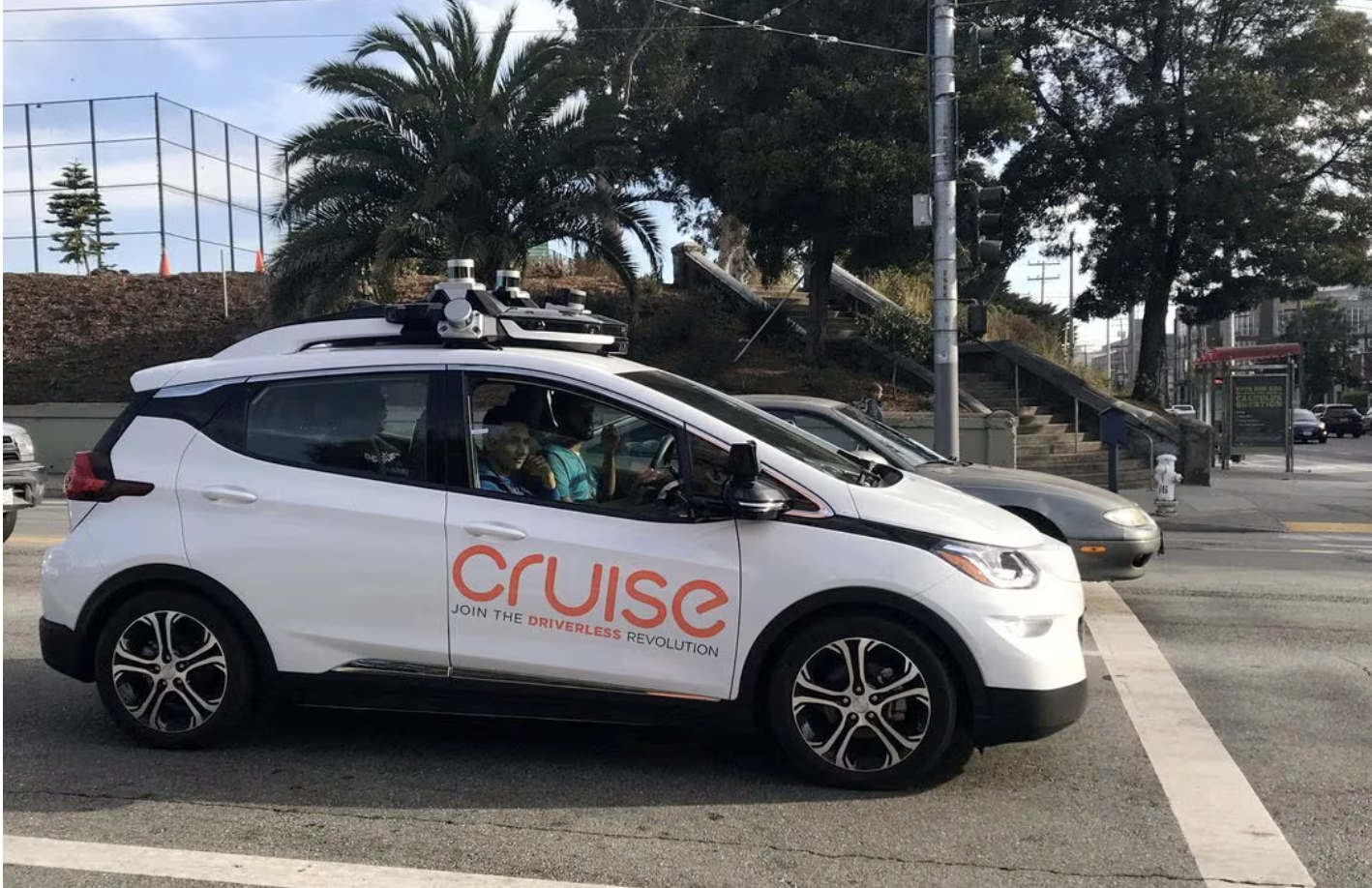DETROIT, (Reuters) – General Motors said Tuesday it is cutting spending by about $1 billion on troubled robotaxi unit Cruise in 2024, but said it remains committed to the self-driving project.
Last week, Cruise disclosed probes by the U.S. Justice Department and the Securities and Exchange Commission stemming from an Oct. 2 accident in San Francisco in which one of its robotaxis struck a pedestrian and dragged her 20 feet (6.1 m). Cruise and GM came under heavy criticism after the accident, and the California Department of Motor Vehicles revoked its permit to operate driverless vehicles.
GM CEO Mary Barra said on Tuesday the No. 1 U.S. automaker will “refocus and relaunch Cruise,” and said the company would “soon” disclose a timetable for resuming operations.
Cruise burned $1.9 billion in cash during 2023, and recorded a $2.7 billion pretax loss, not including $500 million in restructuring costs incurred in the fourth quarter as the unit cut staff, GM said.
“We are committed to Cruise,” Barra said.
She said the company will cooperate with the government investigations. In a call with analysts, Barra said Cruise will set a higher bar for its robot driver than matching the safety of human drivers. GM has learned that “humans expect computers to be much more safe” than human operators, she said.
Barra said Cruise’s spending this year will be focused on retaining software and engineering talent. With the previous plans to expand Cruise’s robotaxi operations to 20 cities now on hold, GM does not need to spend on vehicles and operations personnel, she said.
A technical review by engineering firm Exponent commissioned by GM and released last week found the Cruise vehicle suffered from mapping errors and incorrectly identified hitting the woman as a side impact collision, the report stated. Cruise has since recalled the vehicles and updated its software.
Cruise earlier this month offered to pay $75,000 and make new disclosures to resolve an investigation by the California Public Utilities Commission into its failure to disclose details of the Oct. 2 accident.
Cruise on Tuesday asked the commission to accept its settlement proposal, saying “the reckoning for Cruise in the aftermath of the Oct. 2 accident has been swift and extensive.” It called the $75,000 offer “a reasonable sum given the conduct at issue, Cruise’s remedial actions, and the totality of the circumstances.”
Since the accident, Cruise has fired nine executives. CEO Kyle Vogt and company co-founder Dan Kan both resigned, and Cruise cut a quarter of its staff.
The new probes and disclosures about Cruise’s mishandling of the accident intensify pressure on GM and Barra, who has defended the automaker’s investment in the robotaxi operation despite more than $8 billion in losses. She had previously said the business could generate $50 billion in annual revenue by 2030.
Cruise once operated hundreds of unmanned robotaxis in California, Texas and elsewhere, hoping to generate revenue while perfecting the technology.
Reporting by David Shepardson in Washington and Joseph White and Ben Klayman in Detroit Editing by Nick Zieminski, David Ljunggren and Matthew Lewis











